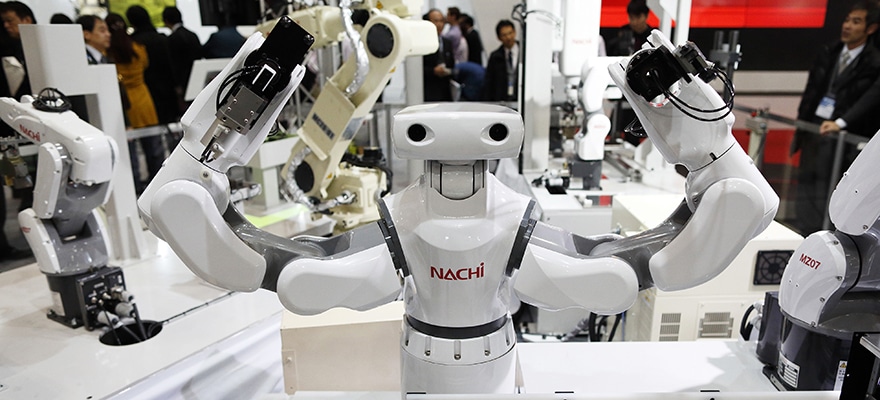This article was written by Nick Nesbitt, Consulting Services Director at Tagetik.
A steady pace of change is affecting the manufacturing industry, from supply chains to business models and cost structures, but companies seem to only be ‘tweaking’ their operations rather than transforming them.
Manufacturers are aware of the many short-term challenges they currently face, from shifts in the competitive landscape to volatile energy and input costs, from supply chain visibility to new technologies such as the industrial internet and advanced manufacturing, from the skills needed to manage embedded technology and Analytics to new customer requirements.
Those focused on innovation-led growth are increasing their investment into research and development and capitalising on new manufacturing technologies to drive innovation and greater efficiency.
Re-consider your financial processes to overcome operational challenges
Change can be good as it creates not only challenges but opportunities too.
To be fully effective however, operational change needs to be accompanied by seamless financial processes. Shrewd players in manufacturing should take advantage of new technology capabilities that enable cost reduction and efficiency increase and that drive operating margin improvement.
In manufacturing organisations, margins are squeezed, processes are complex and isolated and production plans are disconnected from financial plans and performance. In addition, having significant financial impact, supply, demand and production decisions need to be optimised. It is key that manufacturing executives know the impact of these changes on working capital, cash position, revenue and profitability of operational decisions – before those decisions are made.
But how can this be achieved?
Most manufacturing companies struggle to reach the level of integration between financial and operational processes and data needed to achieve dynamic scenario planning capabilities, the desired level of forecasting accuracy and the strategic analytics required to deliver sustainable growth.
Firms in the industry need to step back now and re-consider their financial processes to be able to overcome challenges, gain competitive advantage and transform finance into a value-added partner.
Legacy manufacturing systems can drain resources as ongoing effort is needed to maintain the software. Over time, maintenance costs rise and organisations grapple with complex upgrades and customisation while at the same time trying to keep systems aligned with current business requirements.
Many manufacturing firms operate in a multi-company structure or transition from a single plant environment to operating multiple facilities as they seek to increase production. This presents the problem of duplicate data entry. One particular challenge is the ability to summarise transactions and flow them directly into consolidated financial statements.
It is increasingly important to capture and store a wide range of information on quality, production, shipping, financial and supply chain activity. Manufacturing systems should easily generate timely and accurate data so users take the needed action to improve business processes. Emphasis should also be given to business intelligence, making data easily collectable, accessible and actionable.
A unified, automated approach
Building your own home-grown system as a stop-gap could be an option but has its limitations. The optimal choice is a robust and automated single Corporate Performance Management (CPM) system that incorporates operational driver-based planning and production planning with financial plans, cash flow, modelling and forecasting, project planning and sales and operations planning. Excel spreadsheets require manual intervention that consumes loads of staff resource and this means that future-proofing will always be required of the software. And still with no guarantee that the data will be error free.
A unified CPM solution makes the most business sense because it has many benefits:
- It modernises legacy toolsets and automates manual processes to save time and reduce human errors
- It simplifies the planning process by allowing all users to employ a single solution for corporate, financial and operational planning
- It contains costs by analysing indirect costs and the impact of different business scenarios
- It instills confidence in financial data and information by using a trusting data source for financial reporting
- It gains insights from interactive dashboards, management cockpits and visualisations that impact strategic decision-making
- It leverages existing technology investments without the need to ‘rip and replace’ existing IT assets
- It reduces financial risk by improving forecast accuracy and achieving greater Yield on cash
Through automated financial processes manufacturing companies can achieve process, technology and finance costs reduction; a more effective finance function that drives value; fast processes that enable agility; analytics that provide superior insight and foresight.
Ultimately, the right technology can help manufacturing firms achieve long-term growth and competitive advantage allowing time and cost spent on financial processes to be reduced so that focus can be on business priorities.






















